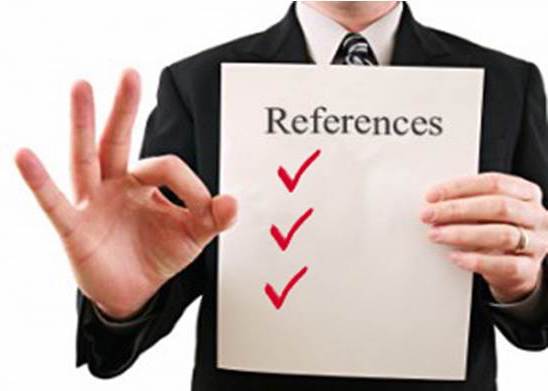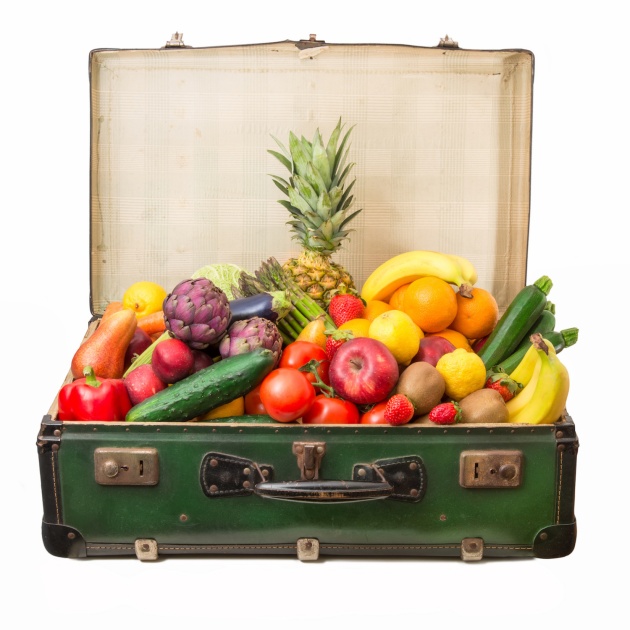
A common question facing an iOS team when starting a new App is whether to use Storyboards or not. As a professional iOS developer I don’t think this is an either / or question – you need to know both how to programmatically define and use UIViews (including Auto Layout) and how to effectively use Storyboards in a team environment.
At WWDC 2015 with Xcode 7 Apple introduced Storyboard References and the ability to Refactor your large storyboards into more manageable Storyboards from within Interface Builder to avoid the Storyboard merge conflicts. Continue reading








